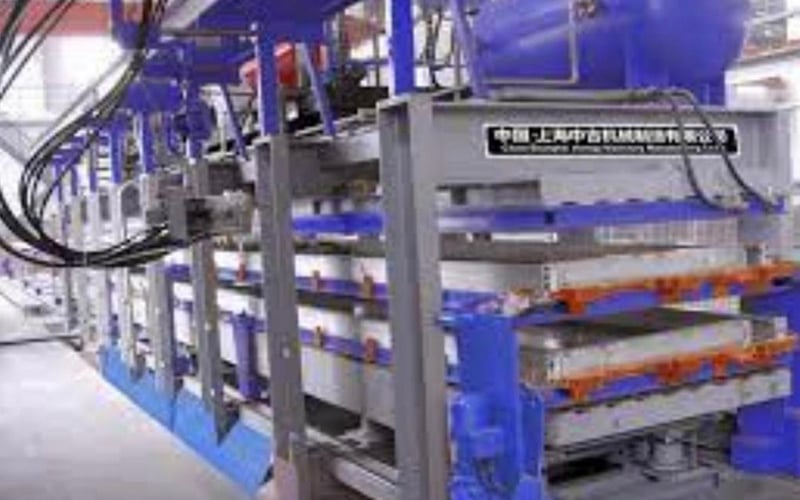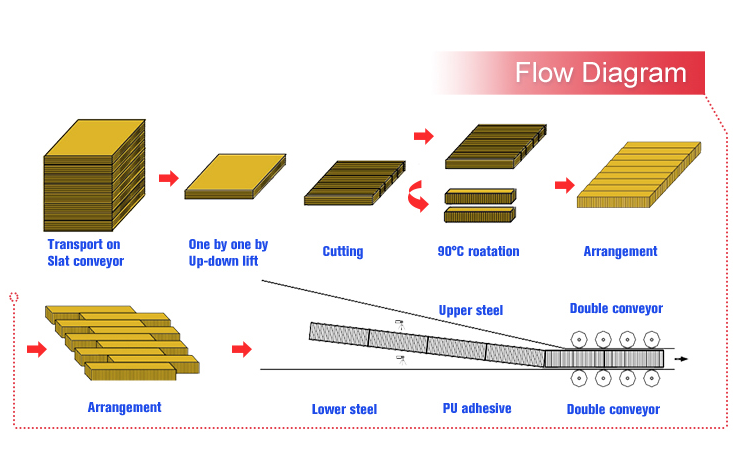Table of Contents

The Distinction Between Foam and PU Foam
When it comes to materials used in various industries, foam is a common term that encompasses a wide range of substances. One specific type of foam that often stands out is PU foam. While both foam and PU foam serve similar purposes, they have distinct differences that are important to understand. In this article, we will explore the dissimilarities between foam and PU foam, shedding light on their unique characteristics and applications.
The Basics of Foam
Foam is a versatile material that is commonly used in many industries for various purposes. It is composed of air-filled cells, giving it a spongy and lightweight texture. Foam can be made from different materials, including natural substances like latex or synthetic materials such as polyurethane. These variations in composition lead to different types of foam with varying properties.
The Introduction of PU Foam
PU foam, also known as polyurethane foam, is a type of foam that is made from polyurethane polymers. It is a popular choice in many industries due to its excellent insulation properties and cushioning abilities. PU foam can be found in a wide range of products, including furniture, mattresses, car seats, and insulation materials.
The Composition of Foam
Foam can be made from different materials, but the most common types are polyurethane foam, memory foam, and latex foam. Polyurethane foam, or PU foam, is made by combining polyols and diisocyanates. Memory foam, on the other hand, is made from polyurethane but with added chemicals that give it its distinct viscoelastic properties. Latex foam, as the name suggests, is made from natural or synthetic latex.
The Properties of Foam
One of the key properties of foam is its ability to provide cushioning and support. Foam is known for its elasticity, allowing it to compress under pressure and then regain its original shape. This makes it ideal for applications where comfort and support are important, such as in mattresses or seat cushions. Foam is also lightweight and has good insulation properties, making it suitable for use in insulation materials.
The Advantages of PU Foam
PU foam offers several advantages over other types of foam. One of its primary benefits is its excellent insulation properties. PU foam has a high R-value, which measures its resistance to heat transfer. This makes it an ideal choice for insulation materials, helping to improve energy efficiency in buildings. PU foam is also highly durable and can withstand heavy use without losing its cushioning abilities.
The Applications of Foam
Foam is widely used in various industries for different applications. In the furniture industry, foam is used for padding and cushioning in sofas, chairs, and mattresses. In the automotive industry, foam is used in car seats and interior trims to provide comfort and support. Foam is also used in the packaging industry to protect fragile items during shipping. In the construction industry, foam is used as insulation material to improve energy efficiency in buildings.
The Limitations of PU Foam
While PU foam offers many advantages, it also has some limitations. One of the main drawbacks of PU foam is its flammability. PU foam is highly combustible and can release toxic gases when exposed to fire. This has led to the development of flame-retardant additives to improve the fire resistance of PU foam. Additionally, PU foam can deteriorate over time, especially when exposed to sunlight or certain chemicals. Regular maintenance and care are required to ensure its longevity.
The Environmental Impact of Foam
Another important aspect to consider when comparing foam and PU foam is their environmental impact. Foam, particularly polyurethane foam, is not biodegradable and can take hundreds of years to decompose in landfills. This has raised concerns about the disposal of foam waste and its contribution to environmental pollution. However, efforts are being made to develop more sustainable alternatives to foam and improve the recycling processes for foam materials.
The Cost Considerations
When it comes to cost, foam and PU foam can vary depending on the type and quality of the material. Generally, PU foam tends to be more expensive than other types of foam due to its superior insulation properties and durability. However, the long-term benefits and performance of PU foam often outweigh the initial cost, making it a worthwhile investment in many applications.
Choosing the Right Foam
When selecting foam for a specific application, it is crucial to consider the requirements and desired properties. Foam and PU foam both offer unique advantages and disadvantages, and the choice ultimately depends on the specific needs of the project. Factors such as comfort, insulation, durability, and environmental impact should be taken into account to make an informed decision.

